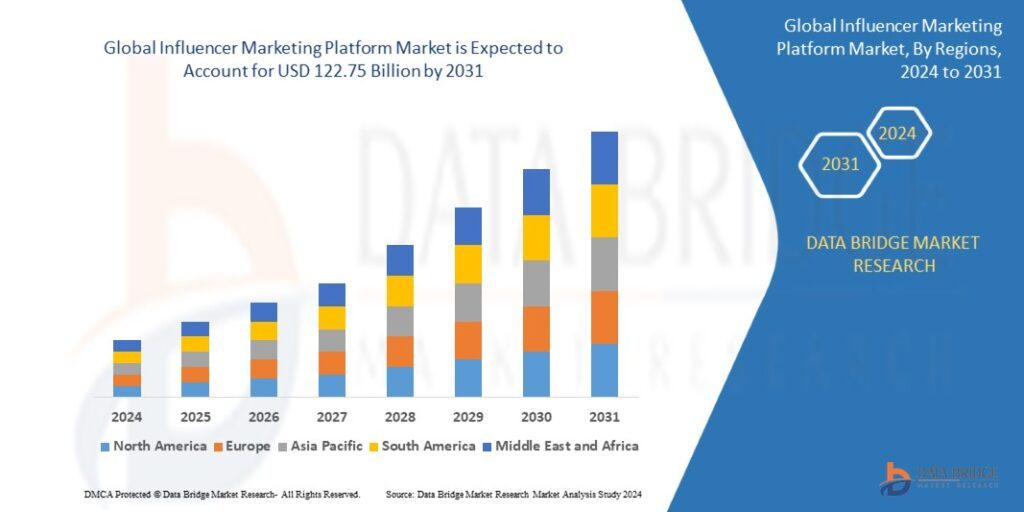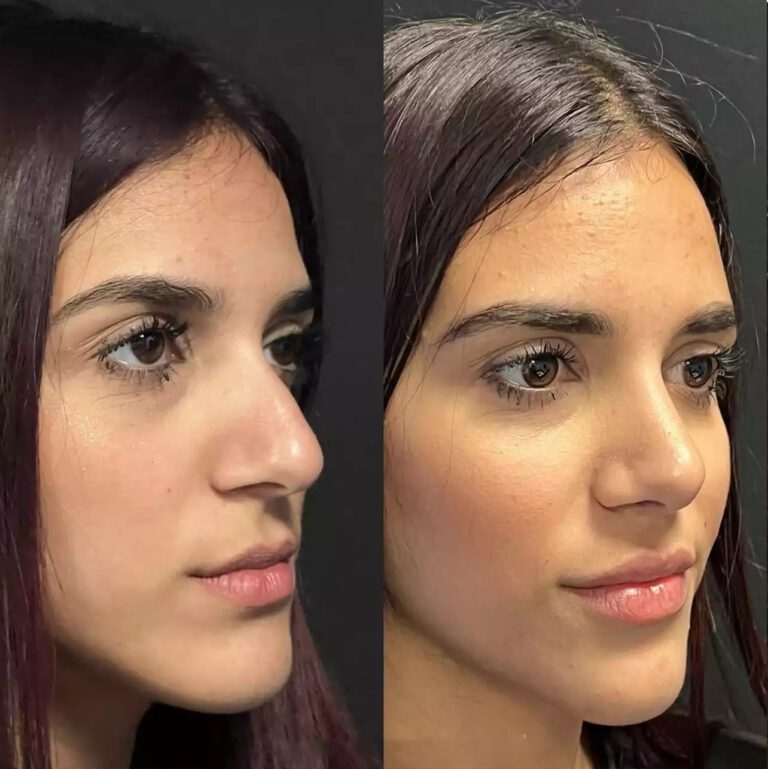In today’s digital-first world, Influencer Marketing has emerged as one of the most impactful strategies for brands to connect with their target audience. With the rise of social media platforms and the increasing reliance on digital communication, influencers have become a powerful force in shaping consumer behavior and driving brand awareness.
The Evolution of Influencer Marketing
Influencer marketing is not a new concept; its roots can be traced back to celebrity endorsements and word-of-mouth marketing. However, the advent of social media has transformed it into a multi-billion-dollar industry. Platforms like Instagram, TikTok, YouTube, and Twitter have given rise to a new breed of influencers—individuals who have built loyal followings by sharing relatable content, expertise, or entertainment.
From beauty bloggers and fitness enthusiasts to tech reviewers and gaming streamers, influencers now span every conceivable niche, making it easier for brands to target specific audiences. According to recent industry reports, the global influencer marketing market size is expected to surpass $21 billion by 2025, highlighting its growing significance.
Why Influencer Marketing Works
-
Authenticity and Trust: Influencers often cultivate strong relationships with their followers, who trust their opinions and recommendations. This authenticity makes influencer endorsements more persuasive than traditional advertisements.
-
Targeted Reach: Brands can collaborate with influencers whose audiences align with their target demographics, ensuring more effective communication.
-
Cost-Effectiveness: Compared to traditional advertising methods, influencer marketing can deliver high returns on investment, especially when working with micro or nano influencers who often charge less but have highly engaged audiences.
-
Content Creation: Influencers are skilled at creating visually appealing and engaging content that resonates with their followers, saving brands time and resources.
Types of Influencers
-
Mega Influencers: Celebrities with millions of followers. They offer extensive reach but come with high costs.
-
Macro Influencers: Individuals with 100,000 to 1 million followers. They balance reach and engagement effectively.
-
Micro Influencers: Those with 10,000 to 100,000 followers. They often have niche audiences and high engagement rates.
-
Nano Influencers: With fewer than 10,000 followers, these influencers are ideal for hyper-local or specialized campaigns.
Challenges in Influencer Marketing
Despite its benefits, influencer marketing is not without challenges.
-
Fake Followers and Fraud: Some influencers inflate their follower counts using bots, leading to ineffective campaigns.
-
Saturation: The overuse of influencers can make campaigns feel repetitive or less credible.
-
Regulation and Transparency: With increasing scrutiny from regulatory bodies, brands and influencers must adhere to guidelines, including disclosing paid partnerships.
Future Trends in Influencer Marketing
-
Rise of AI-Driven Tools: Artificial intelligence is helping brands identify the right influencers, analyze campaign performance, and even create virtual influencers.
-
Focus on Long-Term Partnerships: Brands are moving away from one-off collaborations to build deeper relationships with influencers.
-
Diversification Across Platforms: While Instagram remains dominant, platforms like TikTok and LinkedIn are becoming popular for influencer campaigns.
-
Emphasis on Social Responsibility: Consumers are drawn to influencers who advocate for meaningful causes, making authenticity and ethics more critical than ever.
Conclusion
Influencer marketing is more than just a trend—it is a powerful strategy that, when executed thoughtfully, can yield impressive results. As brands navigate this dynamic landscape, prioritizing authenticity, engagement, and transparency will be key to unlocking the full potential of influencer partnerships. The era of influence is here to stay, and its impact on the marketing world is only just beginning.
Get More Details: https://www.databridgemarketresearch.com/reports/global-influencer-marketing-platform-market














